Planning a wedding entails countless details—venue, visitor listing, catering, and, of course, the bar. One of the largest headaches for couples is figuring out how tons alcohol to buy. Buy too little, and you risk walking out earlier than the party even peaks. Buy an excessive amount, and you’re left with cases of leftover wine or beer.
That’s where a wedding alcohol calculator comes in. This on-hand device takes the guesswork out of stocking your bar, making sure you have sufficient drinks to preserve the celebration flowing without breaking the financial institution.
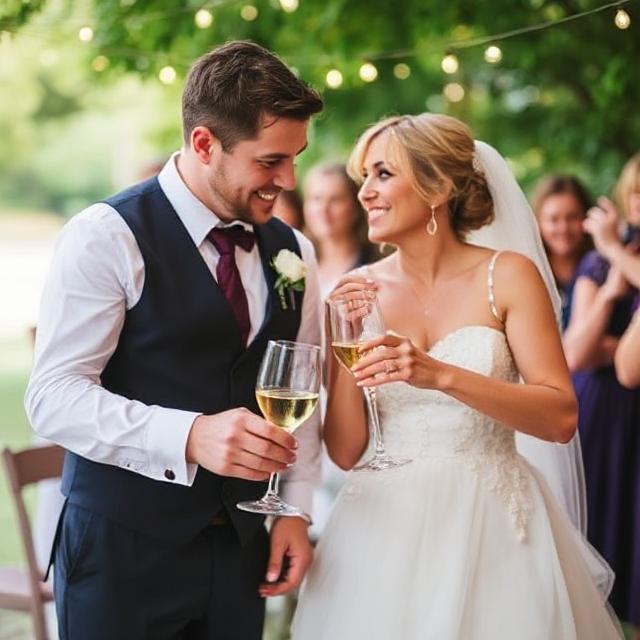
In this manual, we’ll break down:
✔ How a marriage alcohol calculator works
✔ Key factors that affect your alcohol needs
✔ An easy method to estimate liquids in step with the visitor
✔ Tips for setting up a cost-effective bar
Let’s dive in!
How Does a Wedding Alcohol Calculator Work?
A wedding ceremony alcohol calculator estimates how many liquids you’ll need based on:
- Number of guests
- Duration of the reception
- Type of alcohol served (beer, wine, liquor)
- The drinking conduct of your crowd
Most calculators use a standard formula that bills for:
- 1 drink in step with the guest, in line with the hour (for a mild-drinking crowd)
- Adjustments for heavy or mild drinkers
- Split among beer, wine, and cocktails
For example, a four-hour wedding with a hundred visitors would possibly require 400 drinks in general, divided into:
- 40% beer (one hundred sixty bottles/cans)
- 40% wine (a hundred and sixty glasses, ~32 bottles)
- 20% liquor (80 blended beverages, ~4-5 bottles)
But every wedding ceremony is one of a kind—it permits first-rate song, those numbers.
Key Factors That Affect Your Alcohol Needs
1. Guest Count & Drinking Habits
- Light drinkers? Reduce estimates by 20-30%.
- Party crowd? Increase by 20-30%.
- Older guests? More wine, much less liquor.
- Younger crowd? More beer and cocktails.
2. Reception: Length
- three hours? Standard calculation (1 drink/hour).
- Five+ hours? Add 10-15% extra to save you from shortages.
3. Open Bar vs. Limited Bar
- Full open bar: Expect better consumption.
- Beer & wine are most effective: Simpler, commonly cheaper.
- Signature cocktails: Cut expenses at the same time as providing a range.
4. Time of Day & Season
- Evening weddings = More consuming.
- Summer/out of doors weddings = More beer & white wine.
- Winter weddings = More purple wine and liquor.
Simple Formula to Estimate Alcohol for Your Wedding
Don’t want to use a marriage alcohol calculator? Here’s a guide estimate:
Step 1: Total Drinks Needed
(Number of visitors) × (Hours of reception) × (0.Seventy five to at least one 5 beverages/hour)
zero.Seventy-five = Light drinkers
- 1.0 = Average drinkers
- 1.Five = Heavy drinkers
Example: 100 visitors × 4 hours × 1 drink/hour = 400 beverages general
Step 2: Divide by using Drink Type
A commonplace cut-up is:
- 50% wine (two hundred glasses = ~40 bottles)
- 30% beer (one hundred twenty bottles/cans)
- 20% liquor (80 beverages = ~four-five bottles of spirits)
Step 3: Adjust for Your Crowd
- More beer fanatics? Shift to 40% beer, 40% wine, 20% liquor.
- Cocktail-heavy? Increase liquor to 30%.
Pro Tips for a Well-Stocked (But Budget-Friendly) Bar
1. Buy in Bulk (But Smartly)
- Costco, BevMo, or local liquor stores regularly provide reductions for bulk purchases.
- Check go back policies—some stores permit unopened returns.
2. Offer a Limited Selection
- 2-3 beer alternatives (light + craft)
- 1 pink, 1 white wine
- 1-2 signature cocktails (cuts down on random liquor orders)
3. Consider a Consumption Bar (Instead of a Full Open Bar)
Venue costs according to the drink consumed (desirable for moderate-drinking crowds).
4. Don’t Forget Non-Alcoholic Options
Sparkling water, soda, and mocktails make non-drinkers glad.
Final Thoughts: Use a Wedding Alcohol Calculator for Confidence
Nobody desires to address a cash bar or a clumsy mid-reception beer run. A wedding alcohol calculator facilitates you to strike the ideal balance, retaining the liquids flowing while keeping off waste.
Quick Recap:
✅ Estimate 1 drink in keeping with visitor in step with hour (modify on your crowd).
✅ Split among beer, wine, and liquor primarily based on options.
✅ Buy barely more (however, now not too much).
✅ Consider returns/discounts to save money.
With those hints (and maybe a quick plug into a marriage alcohol calculator), you’ll have a wonderfully stocked bar—and one much less factor to stress about on your big day!
Did you find this guide beneficial? Share it with a bride- or groom-to-be who’s drowning in wedding planning details! 🥂

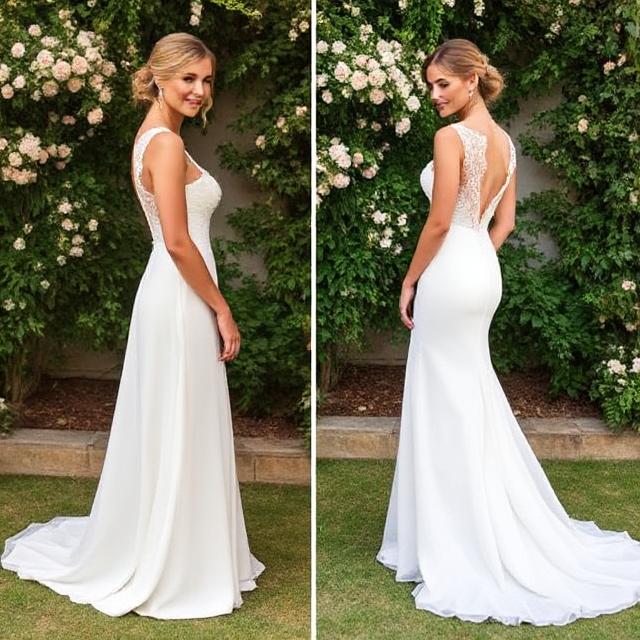


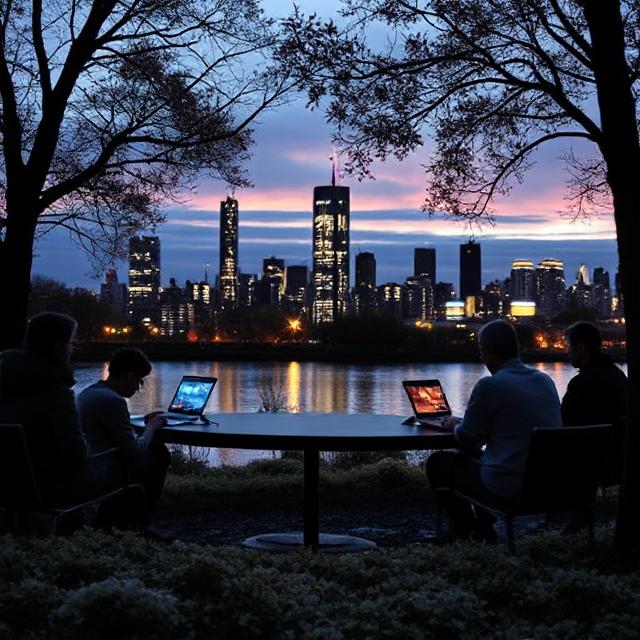

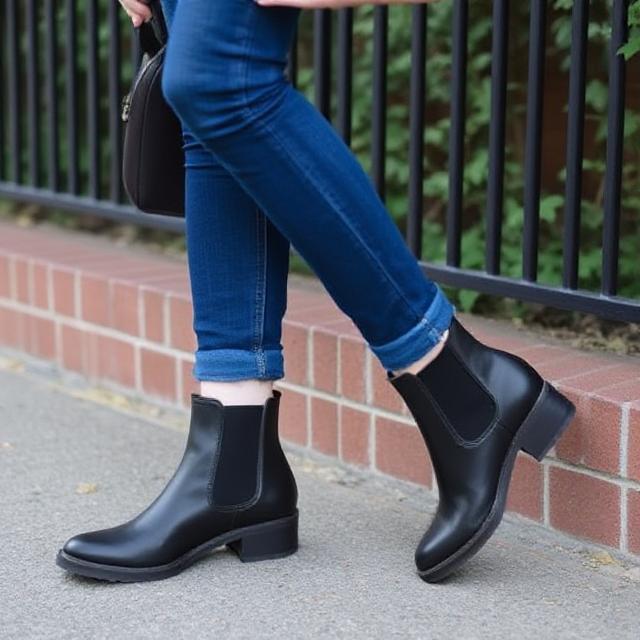
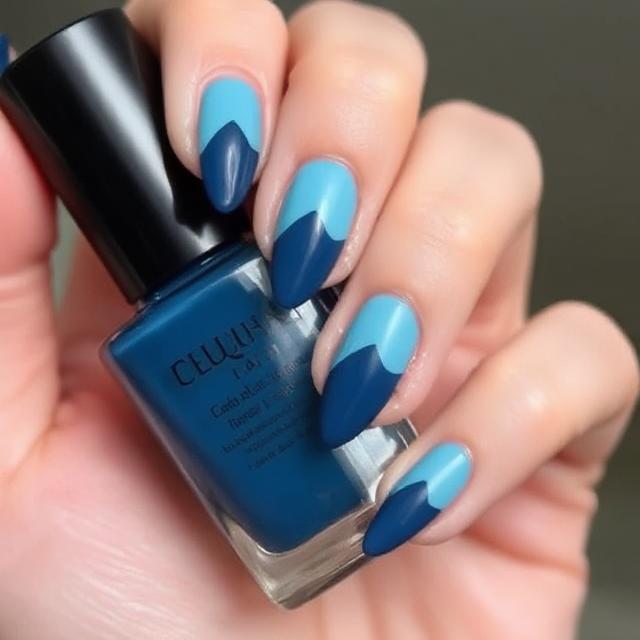
3 thoughts on “Wedding Alcohol Calculator: How Much Booze Do You Really Need?”